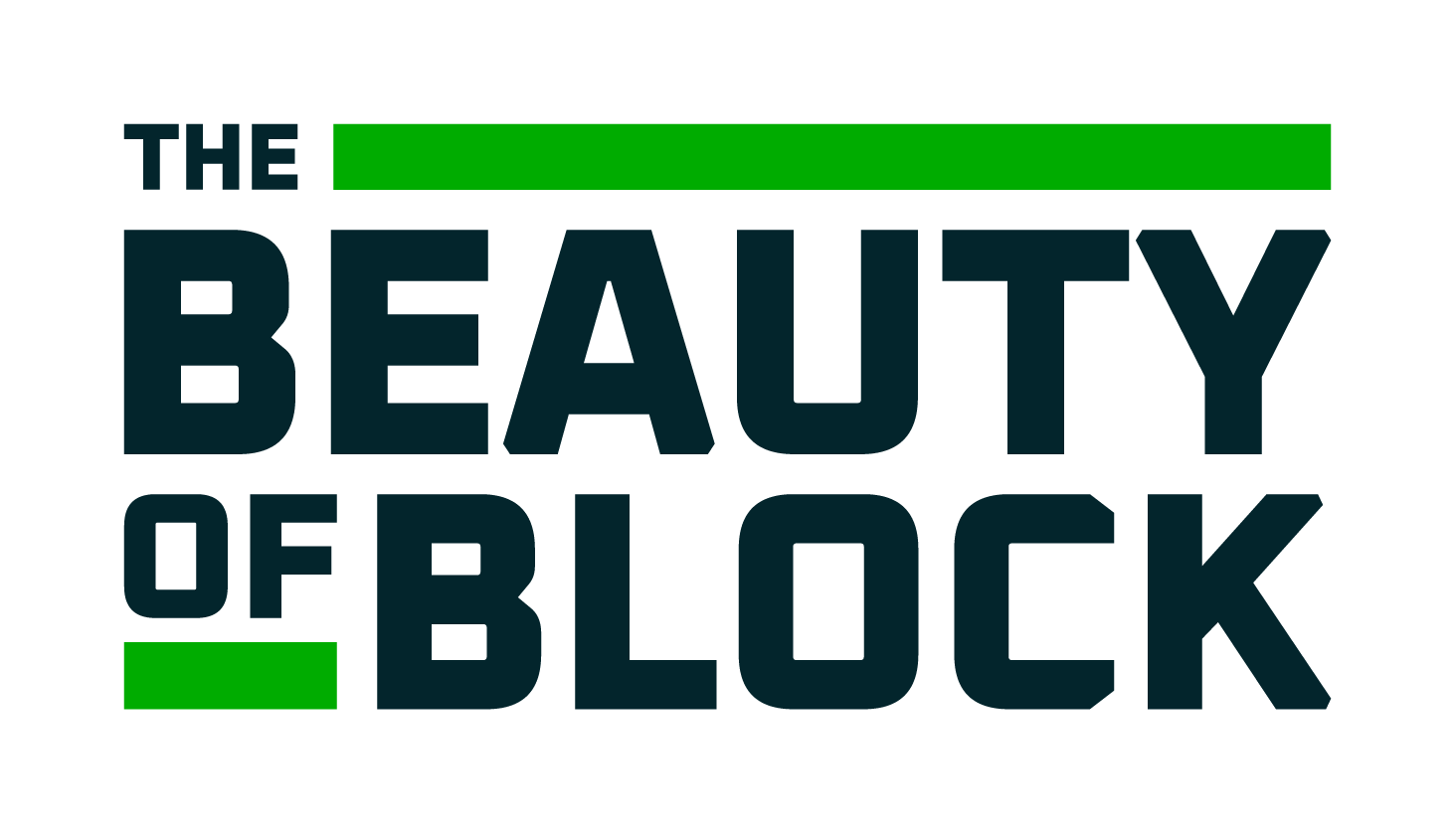This presentation is the first module in our CMU embodied carbon series and focuses on how concrete masonry units (CMU) differ from traditional wet-cast concrete in terms of carbon impact. Concrete Masonry Units (CMU) are made with dry-cast concrete (zero-slump) which uses less water and cement than wet-cast concrete, because of differences in manufacturing. The unique structure of dry-cast concrete enables increased rates of natural carbon dioxide sequestration at a much faster rate than most other types of concrete. We will set the stage for the concrete and carbon sequestration discussion by looking at the larger geologic carbon cycle and greenhouse gas emissions; and how it all relates to climate change. We will then look at the concrete carbon cycle and recent CMHA sequestration research and testing which demonstrates the accelerated sequestration rates substantially reducing the overall embodied carbon of dry-cast CMU construction.
Learning Objectives
- Explore how concrete masonry construction offers interconnected sustainability strategies.
- Explore the relevant similarities and differences between dry-case concrete masonry units (CMU) and wet-cast concrete. These differences are why CMU assemblies have lower embodied carbon and increased carbon sequestration rates.
- Define terms that describe how concrete masonry construction fits into the climate change conversation and explain why concrete sequesters carbon dioxide.
- Review sequestration research conducted by the Concrete Masonry and Hardscapes Association (CMHA) that separates CMU from other types of concrete when evaluating embodied carbon.
Pre-requisite: None.
